Z Bratislavskej ZOO uletel tučniak.
Uletel? Veď tučniaky nelietajú ..
Ako sa to stalo?
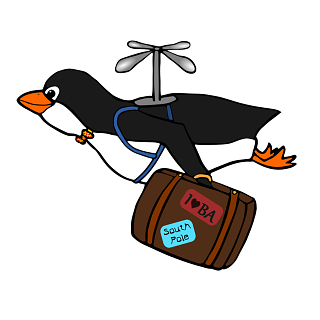
Tučniak cisársky bol opísaný roku 1844 anglickým zoológom Georgeom Grayom, ktorý odvodil jeho všeobecné pomenovanie Aptenodytes zo starej gréčtiny: a- „bez“ -pteno- „schopný lietať“ -dytes „potápač“.
"Kengura je preč, zostal som tu z južnej pologule sám. A zas ide jar, to teplo sa tu nebude dať vydrzať. Idem domov."
Povedal si tučniak a začal sa rozpamätávať, čo sa naučil v tučniačej škôlke za mladi: Ako sa dostať domov z ktorejkoľvek ZOO na svete.
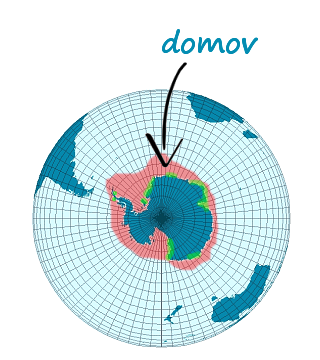
Tučniak cisársky je schopný termoregulácie (udržiavania si svojej základnej telesnej teploty) bez toho, aby upravil svoj metabolizmus, cez širokú škálu teplôt. Známa ako termo-neutrálna škála, zasahuje od -10 do 20 °C.
Pri teplotach nad 20 °C, sa môže tučniak rozrušiť, keďže jeho telesná teplota a rýchlosť metabolizmu stúpnu, aby sa zvýšila tepelná strata. Dvíhaním krídel a odhaľovaním spodnej strany vystavuje povrch svojho tela vzduchu 16-timi percentami, čím napomáha strate tepla vo väčšom množstve.
Návod si pamätal, akoby ho počul včera:
Výpustom z jazierka od pelikánov vplávaj do úzkeho potôčka. Ten čoskoro opustí ZOO a niekoľkokrát sa stratí pod zem. Stále sa drž pod hladinou! Po pár kilometroch vyplávaš do ohromnej rieky. Si na slobode! Ale domov je ešte ďaleko.

V období zimy sa mláďatá sa združujú do tzv. škôlok, kde ich tesný kontakt zmenšuje výdaj tepla. V tomto období ich rodičia kŕmia iba každý druhý až tretí týždeň. Mláďatá preto schudnú na približne 2/3 pôvodnej hmotnosti.
V októbri dochádza k opätovnému zvýšeniu množstva potravy a rodičia ich prichádzajú kŕmiť častejšie. V priebehu decembra je prachové perie mláďat nahradené normálnym a mláďatá vydávajú samostatne loviť na more.
Len 19% mláďat prežije prvý rok života.
Široká rieka ťa bude unášať po prúde asi tak hodinu. Na čas plavby sa veľmi nespoliehaj, ale všímaj si mosty, podoplávaš ich niekoľko. Nevzďaľuj sa od ľavého brehu. Keď už pred sebou neuvidíš žiaden ďalší most, vplávaj druhej zátoky. Jej pravá časť je zahradená železnou bránou. Za ňu sa musíš dostať.
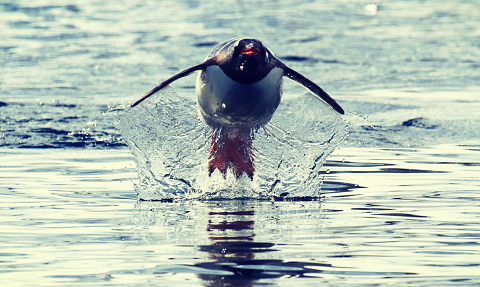
Väčšina zo 17 tučniačích druhov pláva pod vodou rýchlosťou 6 az 12km za hodinu. Torpédo Tučniak oslí (Pygoscelis papua) vie dosiahnuť rýchlosť až 36km/h. Áno, pod vodou. Tučniak kráľovský sa dokáže ponoriť do hĺbky viac ako 500 metrov pod hladinu na viac ako 20 minút.
Za železnou bránou si vydýchneš, voda je mútna a takmer stojatá. Plávaj ďalej po prúde a občas sa vynor nad hladinu - opäť podoplávaš viacero mostov. Ked zacítiš veľmi prenikavý zápach splašiek, zistíš, že si priďaleko. Vtedy sa otoč, vráť sa k predchádzajúcemu mostu a vylez naň.
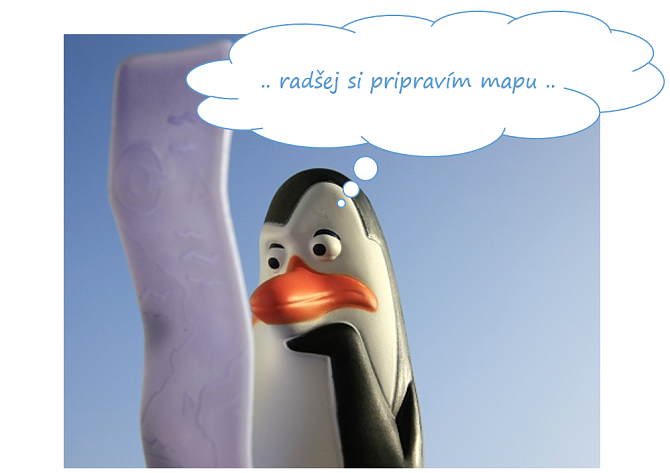
Väčšina druhov tučniakov zostáva po celý život s jediným partnerom/partnerkou. Podobne zostávajú verní svojmu tradičnému miestu hniezdenia, vracajú sa tam každú sezónu. Dokonca často na presné miesta, kde sa narodili. 
Na moste trpezlivo čakaj, budú okolo teba prechádzať veľké dlhé a hlučné stroje. Ten správny spoznáš tak, že pôjde veľmi pomaly smerom na severozápad. Počkaj, kým okolo teba prejde a vyskoč dozadu na plošinu. Povezieš sa len niekoľko minút, kým stroj zabočí doprava a zastane. Vystúp na perón s niekoľkými lampami a ukry sa niekde v okolí.
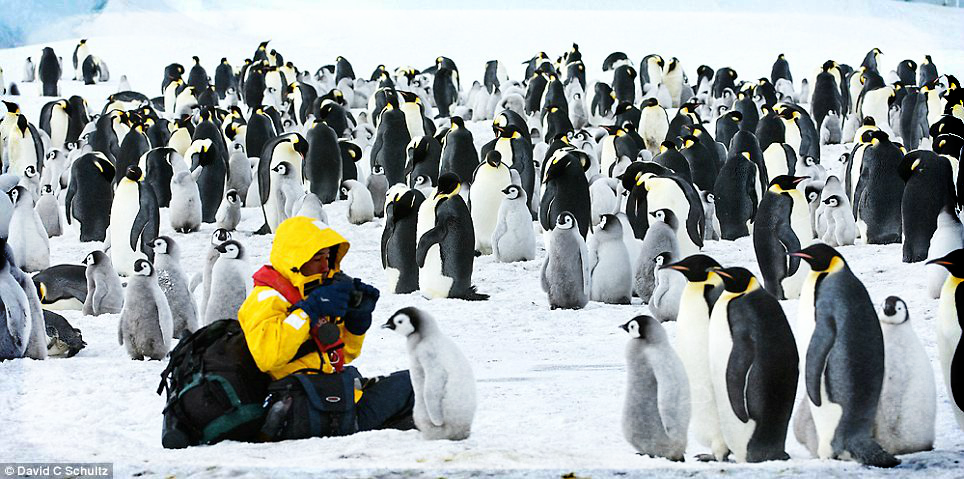
Tučniaky nepociťujú žiaden strach z ľudí. Je to kvôli tomu, že na zemi nemajú prirodzeného predátora.
Pri peróne budú zastavovať viaceré takéto stroje. Musíš počkať na ten správny, ktorý vezie debny s expedičným materiálom asi raz do mesiaca. Pred sebou máš poslednú úlohu - vliezť do debny a trochu si pospať. Keď sa o dva dni zobudíš, budeš doma.
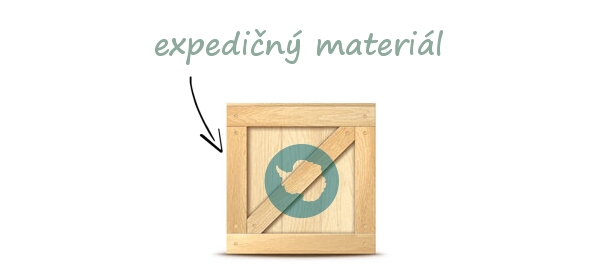
A tak aj tučniak urobil. Vyčkal si na vhodný moment vo voliére pelikánov a nepozorovane zmizol. Zlé jazyky tvrdia, že ešte stále čaká na tie debny s expedičnými zásobami.
Koluje aj iná zvesť, a to že už je doma! A kým čakal, tak z tej nudy založil vo svojom úkryte kešku.
Že kde presne?
To vedia iba kešeri.
N 48° Ú.LET' E 017° Ú.LET'
Severný úlet:
Ú = l + 6
L = v - 1
E = n - 4
T = p - 1
Východný úlet:
Ú = l + 8
L = n - 1
E = v + 2
T = p + 0
Kto si s tučniakom tú cestu za slobodou prešiel, ten checker nepotrebuje.
Umiestnenie kešky je jasné.
Prajem Vám veľa zábavy pri odlove!
~ english listing ~
From ZOO Bratislava, pinguin flew away.
Flew away? But ... penguins do not fly ...
How did that happen?

The Emperor penguin was described in 1844 by English zoologist George Gray, who derived his general name Aptenodytes from ancient Greek: a- "without" -pteno- "able to fly" -dytes "diver".
"Kangaroo is gone, I'm here the only animal from the southern hemisphere. And spring is coming, with it's warm days, I can't stand it here any longer."
Said the penguin and tried to remember what he had learned in the penguin school as a kid: How to get home from any ZOO in the world.
The Emperor Penguin is capable of thermoregulating (maintaining its basic body temperature) without modifying its metabolism over a wide range of temperatures. Known as the thermo-neutral scale, it ranges from -10 to 20 ° C.
At temperatures above 20 ° C, the penguin can be broken because its body temperature and metabolic rate increase to increase heat loss. By lifting the wings and revealing the underside, the surface of your body is exposed to 16 percent of the air, helping to reduce heat loss in larger quantities.
He remembered the instructions like he had heard them yesterday:
Out of the pond with pelicans, escape into a narrow creek. It will soon leave the ZOO and go under the ground several times. Still keep swimming underwater! After a few kilometres, you'll swim into a great river. You are free! But home is still far far away.
In the winter, the pups use to group into so-called nurseries, where their tight contact reduces the heat output. At this time their parents feed them only every second to third week. The youngsters therefore lose kilos to about 2/3 of their original weight.
In October, the amount of food is rising again, and their parents come to feed them more often. Through December, the baby feathers are replaced by the normal ones and the pups are starting hunting alone in the sea.
Only 19% of young penguins will live beyond first year of their life.
A wide river will flow you down for about an hour. You do not really rely on the cruise time, but watch out for bridges, you'll be swiming under few of them. Keep swimming by the left bank. Once you will not see any other bridge in front of you, you should enter the second bay. Its right part is covered by an iron gate. You have to get behind it.

Most of the 17 penguin species float underwater at a speed of 6 to 12km per hour. Torpedo The Donkey Penguin (Pygoscelis papua) can reach a speed of up to 36kms / hour. Yes, under water! The Royal Penguin can dive to depths more than 500 meters below the surface for more than 20 minutes.
Beyond the iron gate the water is mute and almost standing. Swim down the stream and occasionally rise above the surface - again, you'll pass by several bridges. Once you'll feel strong smell of sewage, turn around, swim back to the last bridge and climb it.

Most of the penguin species remain with a single partner throughout their lives. Similarly, they remain faithful to their traditional nesting place, returning there every season. Even often to the very same spot where they were born. 
Patiently wait on the bridge while a long, noisy machines will be driving around you. The right one will go very slowly to the northwest. Wait until it passes around you and jump on the platform. You will travel only for few minutes until the machine turns to the right and stops. Get out to the platform with several lamps and hide somewhere near.

Penguins they do not feel any fear of people. It's because they do not have a natural predator on the ground.
Several such machines will stop at the platform. You have to wait for the right one to carry the shipping material about once a month. You have the last task ahead of you - sneak into the box and have a short nap. Once you'll wake up in two days, you'll be at home.
And so the penguin did. He waited for an appropriate moment in the ZOO and disappeared unnoticed. Bad tongues claim they are still waiting for those boxes with shipping supplies.
Another story goes around that he's already at home! And while he waited, he prepared a cache at his hiding place.
But where exactly?
Only geocachers, they know.
N 48° F.LEW' E 017° A.WAY'
North:
F = l + 6
L = s - 1
E = b - 4
W = f - 1
East:
A = l + 8
W = b - 1
A = s + 2
Y = f + 0
If you followed penguin's track to freedom carefully, you don't need any checker. The location of the cache can be determined clearly.
I wish you lot of fun while tracking the penguin!
| Listing version: 2.4 | 25th January 2020 |
Geocache version: 4.0 | 25th January 2020 |